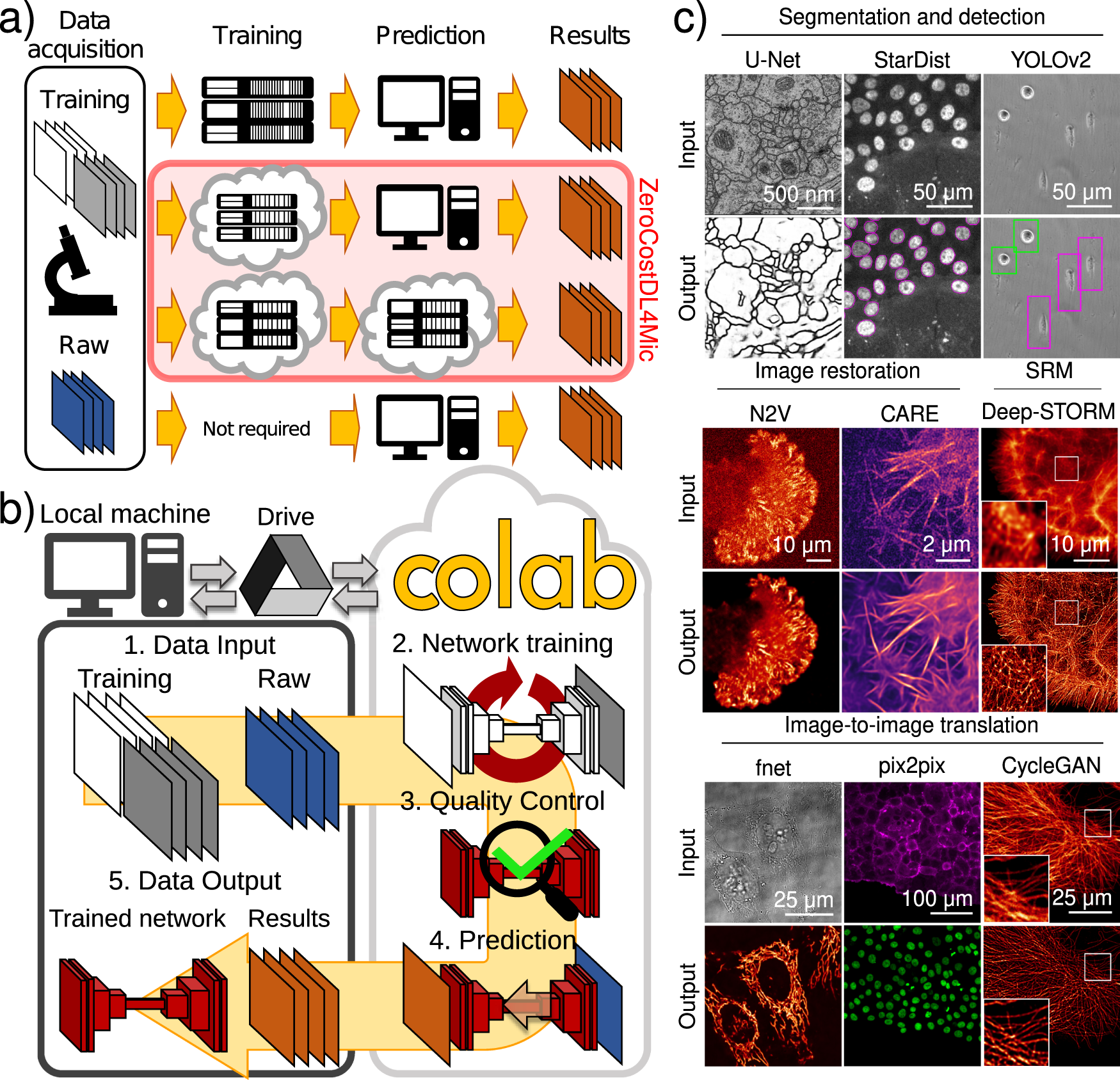


Moreover, cancer cells movement to peripheral organs, and their resultant destruction, constitutes a primary cause of cancer-associated morbidity and mortality (Xu et al., 2018).Ĭancer cells use different movement strategies: they can migrate individually or collectively. Cell migration, invasion, and adhesion are pivotal steps in this process, hence its study, and understanding are crucial in order to fight against the disease. In cancer development and progression, invasion, and metastasis occurs when tumor cells disseminate from the primary tumor spreading through the circulatory and lymphatic systems, invade across the basement membranes and endothelial walls and finally colonize distant organs (Friedl and Wolf, 2003 Friedl and Alexander, 2011). However, moving cells can be deregulated and contribute to many pathological processes such as inflammation and cancer metastasis (Charras and Sahai, 2014 Mayor and Etienne-Manneville, 2016 van Helvert et al., 2018). In multicellular organisms, this phenomenon plays an important role in gastrulation, embryonic morphogenesis, development of the nervous system, tissue homeostasis, and immune cell trafficking. These optimized protocols will facilitate physiological and cellular characterization of these processes, which may be used for fast screening of specific therapeutic cancer drugs for migratory function, novel strategies in cancer diagnosis, and for assaying new molecules involved in adhesion and invasion metastatic properties of cancer cells.Ĭell migration is a crucial process where cells must be able to change and reach their proper position in a given environment to execute their function (te Boekhorst et al., 2016). All together, they cover different phenotypes and hallmarks of cell motility and adhesion, providing orthogonal information that can be used either individually or collectively in many different experimental setups. culture insert assay), 2D individual cell-tracking experiments by live cell imaging and three-dimensional spreading and transwell assays. These current protocols are based on two-dimensional wound healing assays (comparing traditional pipette tip-scratch assay vs. Here we present four in vitro protocols that describe step-by-step cell migration, invasion and adhesion strategies and their corresponding image data quantification. In vitro assays are excellent approaches to extrapolate to in vivo situations and study live cells behavior. How physical, chemical, and molecular aspects can affect cell motility is a challenge to understand migratory cells behavior. Cell migration is a key procedure involved in many biological processes including embryological development, tissue formation, immune defense or inflammation, and cancer progression.


 0 kommentar(er)
0 kommentar(er)
